Notes from MASS Zoom meeting on April 23, 2021
Another good group participated for our 74th meeting. Dean, Keith, Hank, Harry, Silvio and I were there for our 10th meeting using Zoom. We again recorded our meeting and I’m proud to announce that with the aid of Keith’s expert video editing our first meeting on YouTube already has more than 100 views. Watch out social media, here we come.
I again led off with my puzzle exploits. This time I’m wrestling with a 550 piece Pluto puzzle. I thought it would be much easier than my 1000 piece Moon puzzle but there are so many pieces of similar size. If one piece of the black seems to fit and its not the correct piece, the rest of the pieces don’t fit. I’ve never had a puzzle where I’ve identified all the edge pieces and I still can’t get them in the appropriate rectangle. My next tactic is to remove all the black pieces and start over. The picture is a little misleading because a few of the pieces are forced in place.
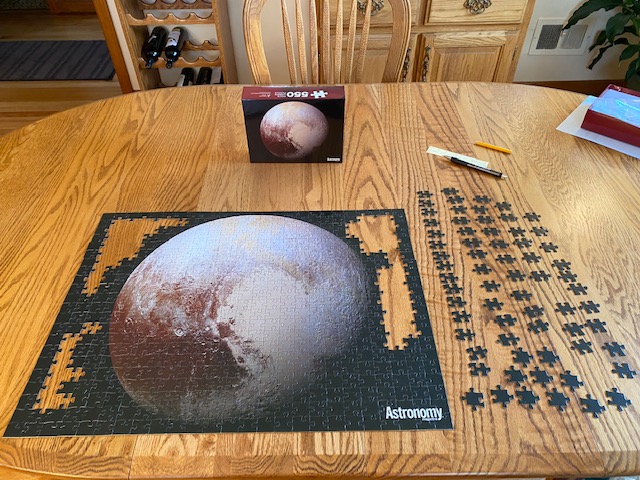
I also shared that after a couple of months wait, the library sent me Avi Loeb’s book “Extraterrestial”. I’ve already seen the Harvard astronomer on several online forums promoting his book. He has the controversial hypothesis that the recent object, Oumuamua, which scientists know came from outside our Solar System, is an alien artifact. His book’s subtitle is “the first sign of intelligent life beyond Earth”. I’ll report back, if he convinces me that his conjecture is true.
This last April 12 was “Yuri’s Night Out” where the world celebrates Yuri Gagarin, the first man in space. This year was a little special because it was the 60th anniversary of the event. Coincidentally, the same date celebrates the first Space Shuttle flight with this year being the 40th anniversary.
I next did a blatant plug for my monthly update of the status of our most recent MASS Prize of guessing how many people will go into space this year. You can find the update under “MASS on Commercial Crew” in the title bar of the website. As of April 24, there have been 7 people launched into space, 3 on a Soyuz and 4 on a Dragon capsule. I also do a monthly breakdown by manned spacecraft of my best guestimate of how many people will fly on each spacecraft. My current guestimate is that 32 people will go into space in 2021. This number is down 3 from last month’s estimate because I don’t think Boeing’s Starliner will launch anyone this year. The analysis is done under “Jim’s Blog” also in the title bar of our website.
My last introductory topic, was that I watched on April 17 the new documentary titled “High Frontier, the Untold Story of Gerard K. O’Neill”. It was free on premier night and is now available on video-on-demand from Amazon, iTunes, Google Play, Vudu, Fandango and Microsoft Stream. He inspired many to dream of space settlements and one of his organizations eventually formed into the National Space Society (NSS). The local branch of NSS meets in Schaumburg and is organized by Jim Plaxco.
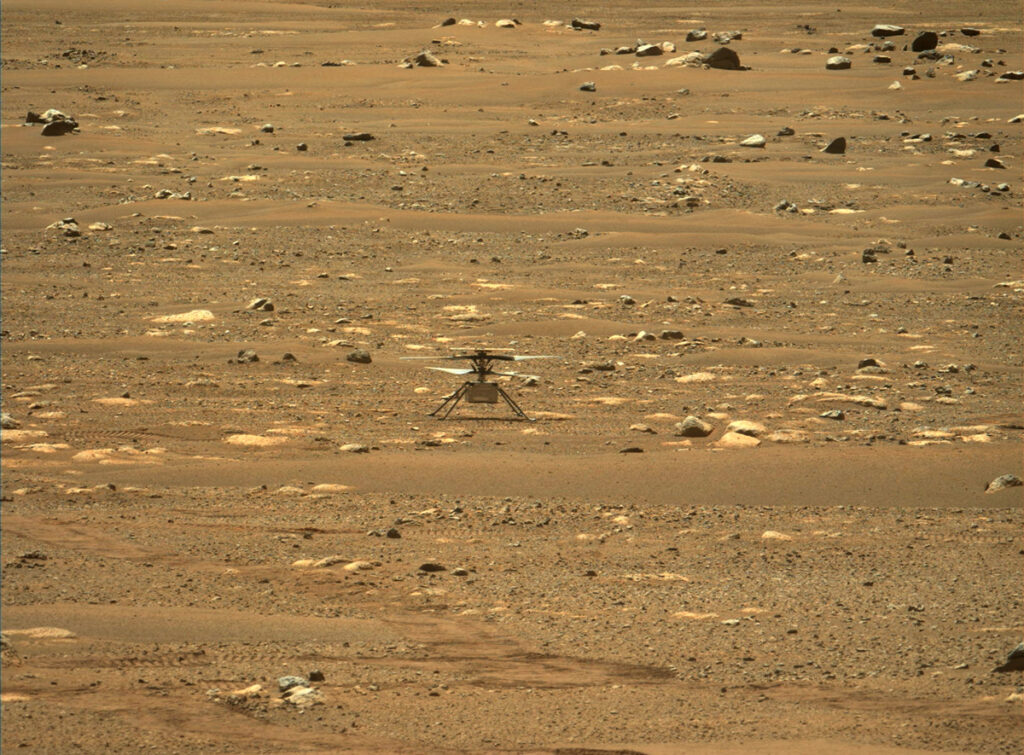
Next up were Mars topics, with the Ingenuity helicopter’s first flight as our lead story. Early Monday morning, April 19, it rose 3 m (11 ft), hovered for 20 seconds, rotated 90 degrees, hovered another 20 seconds and landed. A total of 39 seconds of flight. It didn’t seem to kick up much dust, but later I saw an enhanced video that showed a small dust cloud. The flight occurred 117 years after the Wright Brothers made their first powered flight on Earth which lasted only 12 seconds. The Mars helicopter airfield has been named “Wright Brothers Airfield” and given the designation JZRO. Ingenuity’s chief pilot, Håvard Grip, announced that the International Civil Aviation Organization (ICAO) – the United Nations’ civil aviation agency – has presented NASA and the Federal Aviation Administration with an official ICAO designator IGY and the call-sign INGENUITY. With these designations, Håvard is able to make a log entry into his flight log book. I confirmed with out member-pilot, Harry, that this is what pilots do.
Ingenuity had a little trouble with spinning up its blades. A new set of software had to be sent up to Percy and relayed to Ingenuity which delayed the first flight by about 8 days. Fortunately, the heaters kept the copter from freezing in the -130 F nights. The new software is said to work only 85% of the time, but on the first try it got the 1.2 m blades up to 2537 rpm. Four more flights of increasing complexity are planned over the next 2 weeks. Heights of 3m (15 ft) and distances of 150 ft might be possible. In fact, a second flight occurred on Thursday, April 22. This flight was higher, 16 ft (5m) and included a sideways movement of 7 feet (2m). The copter also took a few turns and took some pictures before returning to the airfield. The video of the second flight seems to catch Ingenuity already in the air and I don’t see the lateral movement. The capability to fly on Mars opens up the opportunity to go places where rovers can’t, places like the steep slopes where Recurring Slope Lineae occur (a later topic). I especially like the Ingenuity Team motto of “Dare Mighty Things” which is emblazoned on the wall of their meeting room. I gave the MASS group a small chuckle by repeating a joke from Steven Colbert, “After the first flight, I give it 2 more flights before it winds up stuck on the neighbor’s roof.”
Another Perseverance rover experiment had its first operation, MOXIE produced 6 grams of oxygen in an hour from the CO2 Martian atmosphere. That would be enough for a human to breathe for 10 minutes. MOXIE gives off CO (carbon monoxide) as it produces oxygen, so it doesn’t seem very eco-friendly. It uses solid oxide electrolysis technology and electricity to liberate the oxygen from CO2. To get 4 astronauts off the surface of Mars, you would need 7 mt (15,000 lbs) of rocket fuel like methane and 25 mt (55,000 lbs) of oxygen. For breathing, the astronauts would need only 1 mt in a year. MOXIE has to be scaled up many orders of magnitude to be a legitimate “in-situ” resource generator. But proof of concept is the first big step.
Percy’s weather station keeps reporting back the conditions at Jezero Crater. The name of the instrument is MEDA (Mars Environmental Dynamics Analyzer) and was developed by Spain. It weighs about 12 lbs (5.5 kg) and can record dust level and 6 atmospheric conditions: wind (speed & direction); atmospheric pressure; relative humidity; air temperature; ground temperature; and radiation from the Sun and space. It records every hour. The temperature was -4 F (-20 C) when it started just after landing and the temperature dropped to -14 F (-26 C) within 30 minutes. On sols 43 & 44 (April 3-4), the temperature high was -8 F (-22 C) and the low was -117 F (-83 C) in Jezero Crater with wind gusts of 22 mph (10m/s). We’re now getting weather data from 3 locations on Mars, Percy, Curiosity rover and Insight lander. -130 F is a common overnight temperature. I’d sure hate to try starting my car at that temperature.
An interesting phenomenon on Mars is Recurring Slope Lineae (RSL). Scientists now think RSLs are due to a dry movement of dust rather than the original theory that they were an indication of salty brine flows. There is some good pictures and a 2-min video on the linked site. RSLs were discovered in 2011 by Mars Reconnaissance Orbiter (MRO). The marks creep down from steep inclines in crater walls, especially in Mars’ southern hemisphere, during warm times of the year and fade away as the weather cools. The first idea was that they were salty liquid water flows. But a big increase in RSL activity in the wake of the global dust storm that killed the Opportunity rover in 2018, makes it more likely that they are a dry flow effect. There were 150 active RSL sites the year of the dust storm compared to an annual average of 36 in the previous 6 years. Scientists now feel it is dust or sand destabilized by dust movement that cause the RSLs.
Our last Mars topic was the announcement that the Chinese rover, Tianwen 1, will try to land in mid-May. It entered orbit on February 10. China was the 6th country or agency to achieve Martian orbit. Landing is expected in the Utopia Planitia region in the northern hemisphere. If China is successful, it will be the 3rd country to successfully land on Mars, after Russia and the US and the second country to put down a rover. Their rover is expected to last 90 days. That was the original warranty on our Spirit and Opportunity rovers, although they lasted years. There are now 8 operating orbiters around Mars. NASA has Odyssey, MRO & MAVEN, ESA has Mars Express & ExoMars Trace Gas Orbiter, India has the Mars Orbiter Mission, UAE has HOPE, and China has Tianwen 1 orbiter.
We then moved on to NASA topics, with the blockbuster announcement of NASA’s Human Landing System (HLS) selection of SpaceX’s Lunar Starship as the sole solution to pursue. We watched a Marcus House video to prepare us for the discussion. Marcus summarized the HLS announcement and then gave the status of the latest Starship prototype, SN15 and lastly he reviewed progress at the launch site at Boca Chica, Texas including the idea that SpaceX might catch the Super Heavy booster out of thin air and place it on the launch mount for another launch. Wild idea! We also watched the NASA video from the HLS announcement. After watching the videos, we discussed the topic.
Who would have thought that NASA would make this choice? Most people thought SpaceX would finish third in a race of 3 teams and that NASA select two of the teams. Dean thinks NASA is making a mistake by going with only one company and losing the advantage of competition. I think NASA is playing hardball with Congress. It is a little like when NASA raised their ISS support prices by a factor of 7 recently when Congress didn’t allocate enough money for ISS support of research. If you don’t give us the funding, we have to pick the cheapest proposal. In retrospect, Commercial Crew seems to be doing ok with just SpaceX and maybe the money spent on multiple solutions like Boeing’s Starliner, is not money well spent. Starliner is 60% more expensive than Crew Dragon. And the per seat price of $90 million is more than we were paying the Russians for rides on Soyuz. The $2.9 billion fixed price HLS contract awarded to SpaceX is for an unmanned test landing on the moon and then a South Pole landing for a 1 week mission with 2 astronauts. SpaceX Starship would launch from Earth unmanned and dock with the SLS rocket launched Orion capsule in lunar orbit. Two astronauts would transfer from Orion to Starship and the other two astronauts would remain on the Orion. Starship would then land on the moon. After a week, it would launch from the moon and dock again with Orion. Orion would then bring the astronauts back to a splashdown on Earth. This Artemis 3/Starship mission probably won’t use the Gateway. NASA said there could be future contracts for alternative landers. Congress only awarded HLS $850 million of the $3.2 billion NASA wanted for the 3 potential HLS landers to mature their designs over the last year. Last April, NASA awarded nearly $1 billion to be divided between the 3 teams. SpaceX got the least with $135 million, Dynetics got $253 million and Blue Origin got $579 million. Now NASA has decided that SpaceX offers the most attractive combination of cost, technology and management expertise. SpaceX also was the lowest bid by a wide margin. NASA was also swayed by Starship’s ability to carry large amounts of cargo which has the potential to greatly improve scientific operations. 2024 for a manned landing is still a possibility according to Musk. Blue Origin’s price was significantly higher than SpaceX and Dynetics was even higher. Dynetics also would have had to shed mass or change their engines to successfully land their Alpaca lander on the moon. NASA said Blue Origin finished second in the evaluation. But it didn’t have reliable engines and had propellant storage issues. This is a little confusion because Blue Origin uses the same propellant as Starship (?). I think the logic of the document giving the rational behind the decision is a little flawed. There was no mention of the 10 m ladder on Blue Origin’s lander and that two thirds of the it was not reusable. Starship’s edge was its mass capability, but weaknesses were its 30 m door height, the need for 5 tanker refuelings in LEO and the difficulty of landing a tall structure on the moon. I was surprised they announced it the week before hearings on the new NASA Administrator, Bill Nelson. Here is the current status of Starship prototypes. The SN15 will possible try its 10 km belly flop at the end of April. It apparently has hundreds of improvements to make it a success. Going forward, I know that Starship will suffer from the lack of an abort system for future human missions. Here is the Planetary Society opinion from Casey Dreier and Jason Davis. NASA had anticipated spending $21 billion over the next 5 years contracting for multiple human lunar landers. Now they seem to get one for under $3 billion. Dynetics has a history with NASA and DoD and Blue Origin has the National Team consisting of powerhouse contractors Lockheed Martin, Draper Labs and Northrop Grumman. NASA stills intends to conduct a future “lunar surface ferry operations” contract that others teams could participate in. With Starship, NASA is buying the Moon, but it is investing in Mars.
Our next topic was the Biden budget for NASA. It’s not the full detail version but a high level one that shows where the priorities will lie. His request for FY 2022 is a 6.3% increase over what NASA got in FY 2021. The total is $24.7 billion for FY2022 which is $1.5 billion more than FY2021. It includes increases for Artemis, space technology R&D, earth science and STEM education. Artemis (human exploration) gets $6.9 billion, an increase of $325 million. Robotic exploration had no dollar number but support was listed for the Mars Sample Return, Europa Clipper, Dragonfly and the Nancy Grace Roman Space Telescope. Space Technology gets $1.4 billion, an increase of $325 million, which will help grow the commercial space industry. Aeronautics gets $915 million, an increase of $86 million. Climate science gets $2.3 billion, an increase of $250 million. This will help initiate the next generation of Earth observing satellites. STEM education gets an increase of $20 million (16% increase). This line item was completely zeroed out in last year’s Trump request but Congress still funded it. Research on ISS gets more than $3 billion to operate ISS and perform research on the space station. There was no mention of 2024 deadline for manned landing on the moon. The document did say that the US hopes to land the first woman on moon and now also the first person of color on the moon. Last year, Trump requested a 12% increase to $25.2 billion for NASA but Congress cut it down to $23.3 billion with HLS only getting 25% of the $3.4 billion requested. For a comparison, defense funding is also rising from $704 billion to $715 billion. That is 30 times the NASA budget. Here is Sky & Telescope’s take on the budget. It is good to see STEM funding back in and some other cancelled projects. It is also good to see not so much money funneled to SLS/Orion. In other news, Pam Melroy has been nominated to be second in command at NASA. She is a solid nomination. I heard Bill Nelson had been confirmed as NASA Administrator, but it turned out to be a false story from the Planetary Society, of all places.
CREW2 was launched in the early morning hours of meeting day. This is SpaceX’s 3rd crewed launch. They’ve launched more people now, (10), than the Mercury program did (7) in all its missions. It was the 11th launch this year for SpaceX. This was the first time the Crew Dragon was reused. CREW2’s capsule was the same one used for DM-2 test with 2 astronauts. In fact, Megan McArthur, who is the wife of Bob Behnken, got to sit in the same seat as her husband did last year. The first stage of Falcon 9 was also a reuse of the Falcon 9 core from the CREW1 mission. SpaceX performed its 80th core landing on its barge. Docking to the ISS is to occur Saturday morning, April 24. On April 15, there was a phone teleconference for media and Bill Gerstenmaier was in attendance representing SpaceX. It was good to hear from this old-timer from NASA who was ushered out when he didn’t embrace VP Pence cutting 4 years off the moon landing schedule. Kathy Lueders who replaced him at NASA, commented that Bill looks younger than when he left NASA but that she looks older. Maybe its the California air. The launch of CREW2 was delayed a day due to rough seas in the abort zone. The new crew will have a 4 day hand off from CREW1 who will be landing on Apr 28. The CREW2 Dragon will take 25 hours to dock with ISS. When CREW1 lands off the coast of Florida, there will be more coast guard presence to avoid the hazard of pleasure boats getting too close to the Dragon capsule. As of today, April 23, CREW1 will be in space 159 days. Every day is a new American record for a US capsule. The old record was 84 days by the Apollo capsule used for Skylab 3. Dragon capsules should eventually be certified for 210 days in space. The limiting factor is the degradation of the solar panels. CREW2 did a quick tour of Dragon while on orbit. It is so much more spacious that the previous US capsules and the Soyuz.

A new form of ion thrusters will be used by NASA on the Psyche mission. Hall thrusters will also be used on lunar gateway. The Psyche mission spacecraft is being developed by Maxar. It will be launched in 2022 on a Falcon Heavy rocket. It will be the first spacecraft to use Hall thrusters. The mission couldn’t have been done for less than $1 billion if they were not used. SEP is Solar Electric Propulsion. Psyche is a weird asteroid composed of 60% metal. There is much conjecture what it will look like. Each Hall thruster will provide a force equivalent to 2 or 3 quarters in your hand. But they are very efficient with the xenon exhausted over a period of months. Both the Deep Space 1 mission in 1998 and Dawn in 2007 used similar ion thruster technology to go to Vesta and Ceres. Hall thrusters use a simpler design with a magnetic field to confine the flow of propellant. They were invented in Russia and are now used by communication satellites but this is the first time they will be used on a deep space mission. If the Psyche spacecraft used chemical rockets it would require 5 times more fuel. Each Hall thruster will generate 3 times the thrust of the ion thrusters on Dawn and will use twice as much electrical power. This allows the spacecraft to reach Psyche in January 2026. The spacecraft, after 21 months, will come within 100 km of the surface of Psyche which has a diameter of 220 km. Psyche might be the remnant core of a larger object. If the value of all the rare earth metals of Psyche were added up, it would be worth $10 quintillion. I impressed Keith by saying a million is a thousand thousands, a billion is a thousand millions, a trillion is a thousand billions, a quadrillion is a thousand trillions and a quintillion is a thousand quadrillions. I love numbers.
For our last NASA topic, we discussed the before and after pictures from the Osiris-Rex mission to the asteroid Bennu. Osiris-Rex was making its last close flyby of Bennu before heading back to Earth with its asteroid sample and it took some pictures of where its sampling probe impacted the asteroid’s surface. The linked site has a nice 1 minute video of before & after images of the asteroid. It is amazing that the sample head penetrated 49 cm (20 in) into the surface. Osiris-Rex departs Bennu on May 10 for a 2 year return to earth. It doesn’t look like walking on a small asteroid would be possible, unless you wear something like snow shoes to keep your feet from sinking into the surface.
Now for our Physics topic, the muon G-2 experiment at Fermi Lab. The experiment hints at a breakdown of the Standard Model of physics. I remember when there were road closures in the Western suburbs of Chicago to bring the enormous magnet from New York to Fermi Lab in Batavia, IL. The muon is a relative of the electron but 200 times heavier. The extra mass makes muons more sensitive to the unknown particle. Muons behave like tiny magnets with a north and south pole. The strength of the magnet is tweaked by transient quantum particles that constantly flit into and out of existence. If seems like an unknown particle is affecting the value of the muon magnetic value. The experiment called the Muon g-2 experiment which measured the wobble of the magnetic poles. Experiment said the magnetic anomaly is .00116592040, accurate to 46 millionths of a percent. Theory says the number should be .00116591810. The statistical measure of 4.2 sigma is 1 chance in almost 100,000, that the experimental value is different than the theoretical value. But 5 sigma (1 chance in 3.5 million) is considered the gold standard to claim a discovery. 170 physicists worked on the experiment. More data will be analyzed and a J-PARC experiment in Japan is scheduled to begin in 2025 that might confirm the discovery. This unknown particle could be the dark matter particle. 10,000 Feynman diagrams were analyzed to yield the theoretical value. There are 3 possibilities: 1) experiment is wrong, replication should rule this out; 2) wrong calculation, have theorists check their calculations, or 3) new physics, maybe a new particle. If you would like all the details behind the experiment check out these two Lawrence Krauss YouTube videos for an explanation ( Part 1 & Part 2).
Time was getting short, but I pressed on to Astronomy topics. First up, was the TESS spacecraft which has found 2,241 new exoplanet candidates after 2 years of operation. NASA has extended the mission for another 2 years. TESS follows the Kepler spacecraft that started the flood of exoplanet discoveries. TESS is an all sky survey of the brightest and closest stars whereas Kepler looked primarily in one section of the sky at stars 1300 light years away. The relative closeness of the TESS exoplanets will facilitate more detailed study by instruments like the James Webb Space Telescope which hopes to characterize the atmospheres of the exoplanets.
The next topic was one I saw on a Neil DeGrasse Tyson video. It concerns the Astronomer’s Periodic Table. In the table, dark blue is big bang fusion (H, He, slice of Li), pink is cosmic ray fission (Be, B), yellow is elements formed by dying low mass stars (Li, C, N, + many more), green elements are from exploding massive stars (C, N, O, F, Ne. etc), light blue are elements created by exploding white dwarfs (Si, S, Cl, Fe, etc), and orange are elements from merging neutron stars (heaviest elements, gold, etc). There are 7 octillion atoms in your body. Most are H, the rest were all forged in stars.
We then quickly moved on to General topics. The inflatable module from Sierra Nevada was first. The linked website has a nice 5 minute video of the module. It packs in a standard 5 m fairing but inflates to a 3-story structure with a height and diameter of 27 ft (9 m) with 10,600 ft3 (300 m3). That is roughly 1/3 the pressurized volume of the ISS and will comfortably house a crew of 4. It could be visited by Dream Chaser, Sierra Nevada’s space plane that should be flying cargo to the ISS next year. They also might make Dream Chaser man-rated. The module could be the core of a commercial space station or be used on the surface of the moon or Mars.
Next up was whether the US should cooperate with China in space. The linked article is by Chris Hadfield ( the astronaut who sang a rendition of David Bowie’s “Space Oddity” while on ISS) & Will Marshall. China has had 6 manned launches, starting in 2003. As an example, Russia and US have managed to cooperate on ISS thru many political issues. Russia actually saved the US manned space program by providing rides to ISS for over 10 years after we retired the Shuttle. Cooperation may help reduce tensions and keep the Russian/Chinese pact from getting too solidified. Technology transfer is a legitimate concern and the Wolf amendment that says that NASA cannot interact with China will have to be repealed. They feel the manned space program doesn’t have as much proprietary technology, so this shouldn’t be an issue. Our developments on ISS are widely known and shared with all the participating countries including Russia. China has to start doing more data sharing, even their Earth imaging is not available. Cooperation on reducing space junk is another possibility. We could start the cooperation by sending a Chinese astronaut to the ISS, although they might not be interested now that they are starting their own station.
We stayed with China on the next topic. They will soon be launching their space station. The linked site has a 1 minute video of their mission. They will launch modules using Long March 5 rocket. They are training astronauts for up to 4 missions in 2021. The first of the anticipated 3 modules is called Tianhe (22 mt) and is launching at the end of April 2021. Then Tianzhou 2, a cargo and refueling spacecraft will dock with the station followed by Shenzhou 12 with crew.
For our last set of topics we discussed SpaceX some more. Their all private astronauts, Inspiration4 mission, will be the next manned mission scheduled to launch in September of 2021. The linked site has a nice 5 minute video of the mission. They will be going higher than ISS at 335 miles (ISS usually 250 miles high). The mission hopes to raise $200 million for St Jude hospital. Beth knows Dr. Sian Proctor, one of the crew members, from her podcast and Chris Sembroski is an aerospace worker at Lockheed Martin, who was a counselor at Space Camp down in Alabama. The 3 day flight is set to lift off no-earlier than September 15. The Dragon capsule will have a special cupola attached at the top of the Dragon capsule as a viewing station instead of the docking adaptor that would normally be there for docking to the ISS.
Our last topic was the flight attempts of Starship prototypes. SN11 was the last to attempt a landing. It took off in the fog, so there isn’t was much video of its flight. The link has an 11 second clip showing the debris raining down. Here is SpaceX’s official video. The vehicle was lost at 5:49 into the flight when it was preparing to re-light its engines after belly flop maneuver. The explosion rained down stainless steel over a considerable area. It was a little disappointing that this test, their 4th full size Starship prototype, seems to be the least successful. SpaceX says the explosion was due to the relight of engines coming out of belly flop, not activation of the flight termination system. I was surprised that some NASA astronauts including Christina Koch went to Boca Chica. But SpaceX does have its HLS lunar Starship down there. And now we know that Starship is NASA choice for landing on the moon.
The meeting was a bit of a marathon at two and a half hours, so we closed the meeting quickly and said good night.
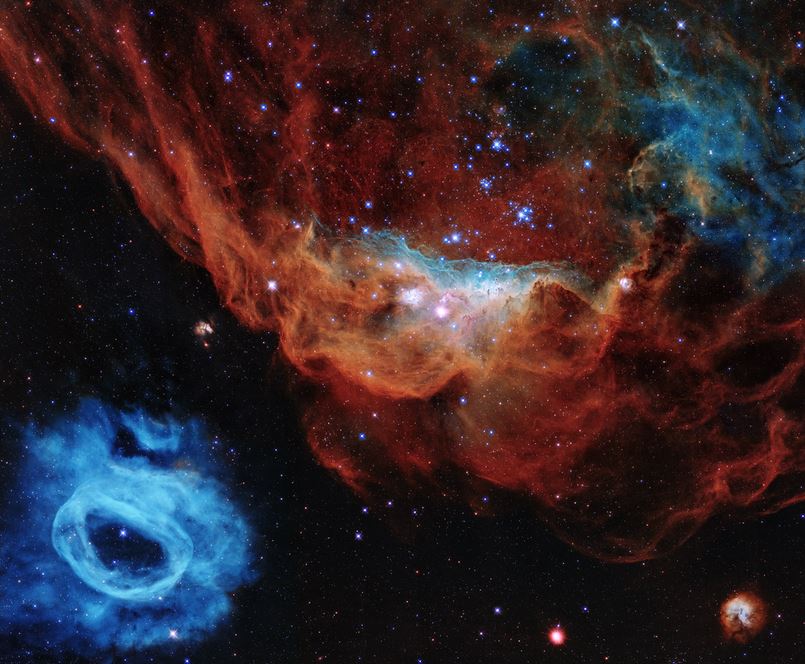
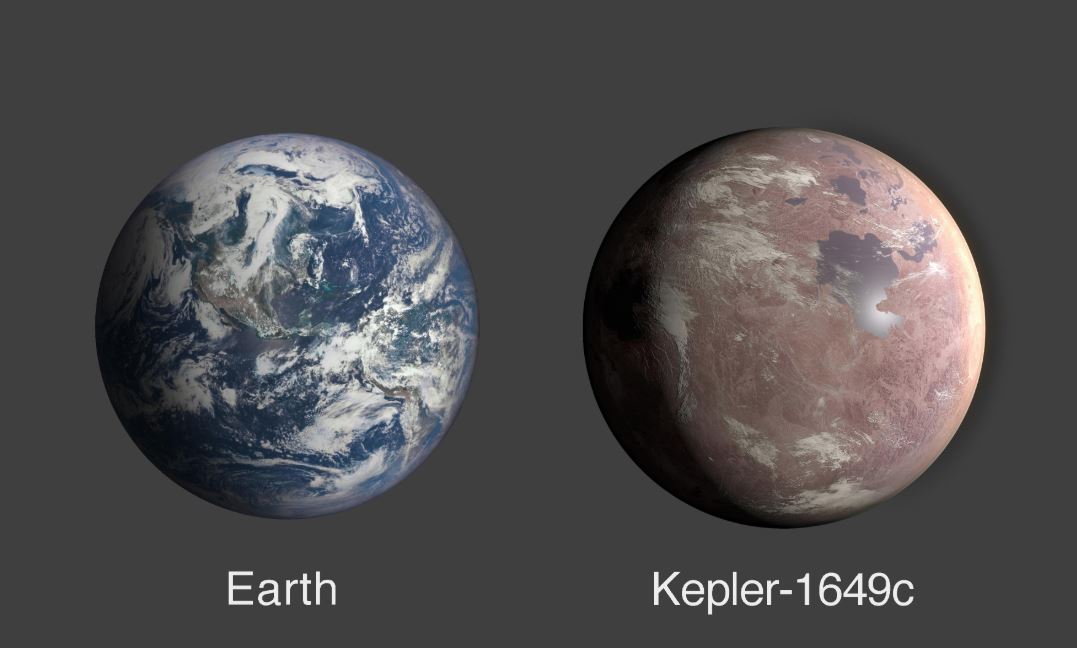
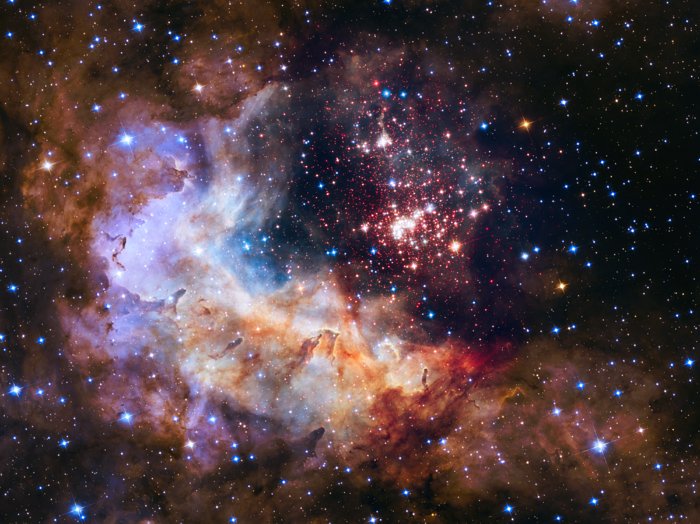
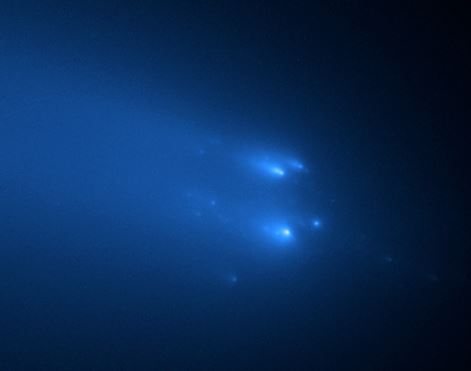
Recent Comments